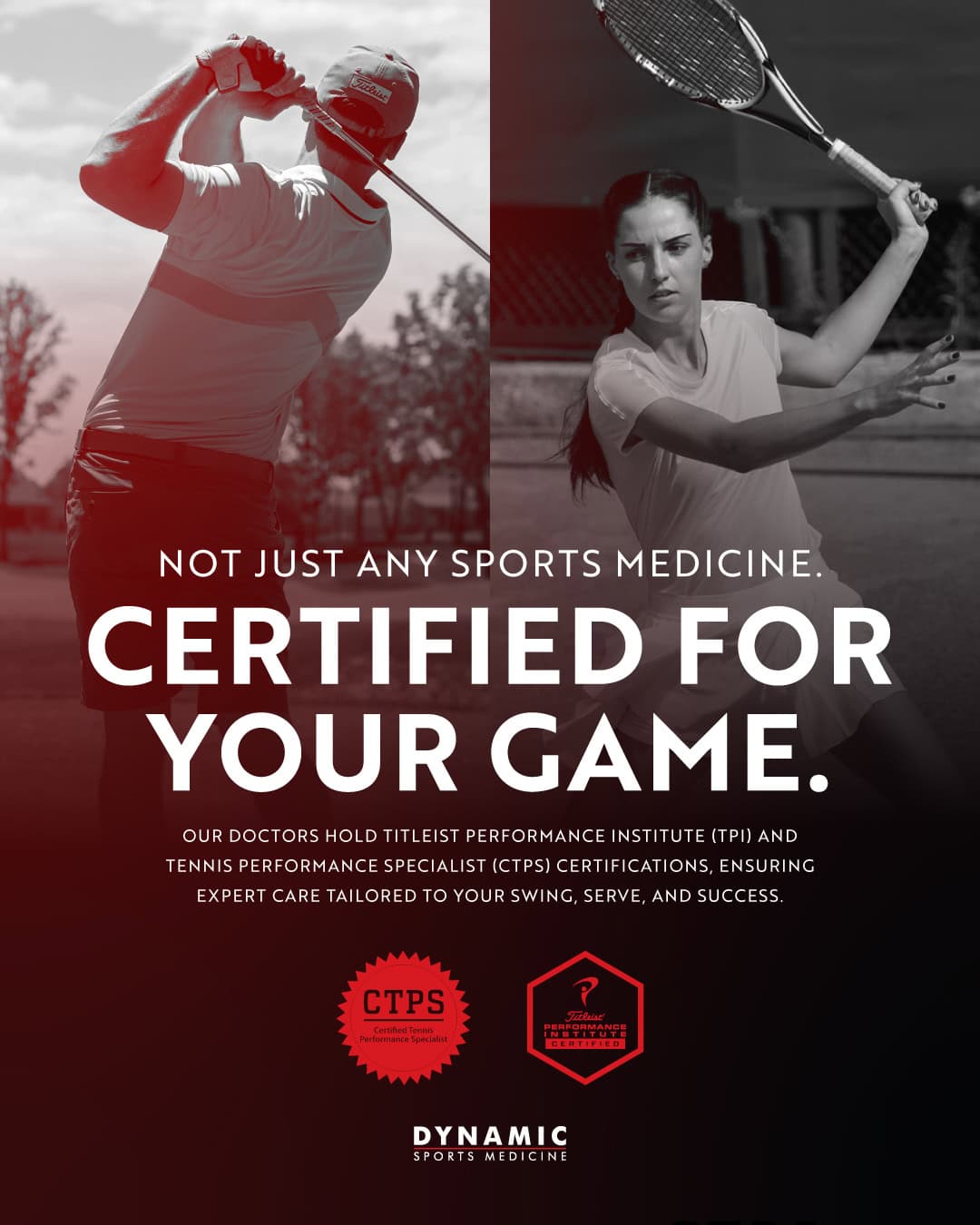As a dedicated runner, you experience both the joys and the challenges of conquering mile after mile of trail or track. What you may not realize, however, is how much successful, pain-free running depends upon the proper alignment of your hip, knees, feet and ankles. Without this alignment, you may experience conditions like IT band syndrome. Extremely common among runners, it is also very treatable, as long as you have a sports medicine professional who can help you get your body working harmoniously again.
Understanding IT Band Syndrome
IT Band Syndrome, short for iliotibial band syndrome, is the inflammation of the band of connective tissue that runs from your hip to the outside of your knee. It is the cause of about 12 percent of running injuries. Manifesting as pain on the outside of the knee, this condition is usually caused by overuse of the knee during running or cycling.

If you suffer from this syndrome, you may experience sharp, stabbing pain on the outside of your knee. This pain may get worse when you run or cycle, particularly if you pursue these activities on uneven surfaces or on hills. Other symptoms could include the following:
- Hip pain
- Snaps, pops, or clicks on the outside of your knee
- Warmth and/or redness on the outside of your knee
A qualified professional is the best way to confirm whether you have this condition, and any persistent pain outside your knee should never be ignored.
Causes of IT Band Syndrome
IT Band Syndrome is most often caused when the iliotibial band becomes too tight and rubs against the bones in the knee, causing inflammation. Considered an overuse injury, the tightness and inflammation of the band are often the result of improper running technique, improper footwear and other factors. Here are a few of the circumstances that can increase your risk of developing this condition:
- Improper alignment of the hip, knee and foot while running
- Excessive pronation of the foot
- Difficulty rotating your hip
- Training on tilted or downhill surfaces
- Training in worn out shoes or improper footwear
- Rapidly increasing training amount or intensity
- Muscle strength imbalances
- Lack of stretching before exercise
- Warming up or cooling down too quickly
- Lack of flexibility
- Lack of muscle control
- Genetic factors
While the causes are many, the good news is that IT Band Syndrome is very treatable with a sports medicine professional who can not only treat your pain but help you develop routines that prevent this condition from occurring again.
Strategies For Managing IT Band Syndrome

The first step in managing this condition is to rest from the activity that is causing it. For example, you may need to take a break from running in order to avoid aggravating the injury.
In addition to rest, you will probably require the assistance of a professional sports medicine provider who can not only offer treatment for your pain but also support to help you prevent the injury from reoccurring once you start your running up again. Here are some of the steps this professional can take to help you manage your condition:
Manual Therapy
Applied most often with foam rollers, manual therapy helps to stretch the IT band in order to relieve tension and painful rubbing against the bones of your knee.
Strengthening Exercises
If you suffer from muscle imbalances, hip weakness or other problems, your physical therapist or chiropractor may have you complete exercises intended to strengthen the muscles surrounding the IT band.
Stretching
In order to further reduce tension in the IT band, your provider may have you complete stretching exercises. These exercises help to lengthen and relax your IT band in order to prevent the rubbing that causes inflammation and pain.
Preventive Support

Once your IT Band Syndrome is improving, your sports medicine provider can work with you to prevent the syndrome from occurring again. There are many steps you can take to keep your IT band healthy and strong. Here are a few of them:
- Wearing proper footwear
- Changing your posture and gait
- Pelvis, hip, knee and foot control
- Proper warm up and cool down
- Posture training
- And more
You will also likely return to running gradually, in order to help your body gain the strength it requires to run without injury.
Managing IT Band Syndrome will require time and patience – And a healthcare partner dedicated to your recovery. At Dynamic Sports Medicine, we make the gold standard in sports medicine available to you. That’s the same kind of treatment that we have used on Olympic athletes! Let us help you address your pain and help you prevent it in the future. Contact us today to learn more!


